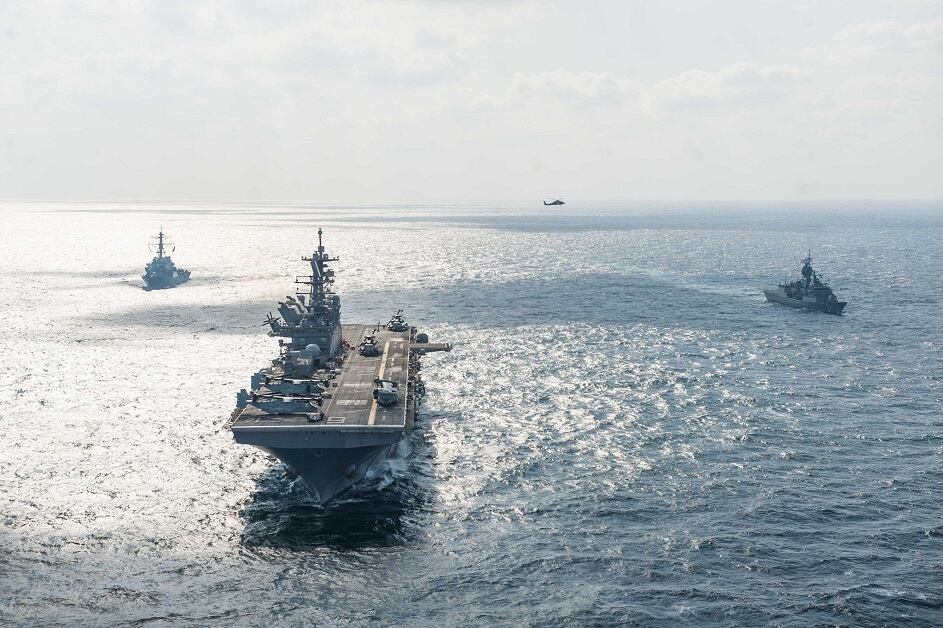The Marine Corps has revamped its requirements for a large unmanned aerial system after industry leaders said an early version of the drone could cost as much as $100 million.
Now, Marine leaders are following a tiered approach to the requirements as a way to manage costs and work closely with industry.
The Marines are charting ahead with the Marine Air Ground Task Force (MAGTF) Unmanned Expeditionary, or MUX, group 5 UAS. The Marines have long expressed a desire for an organic drone in the Group 5 category, the largest category of military drones.
RELATED

The initial desired capability set for the MUX was extremely broad, mirroring a Swiss Army knife of mission sets. When first presented to industry, leaders derided the expansive mission set as too costly.
“They came back and said you’re talking about something that’s going to be $100 million, as big as a V-22. Are you sure that’s what you want?,” Lt. Gen. Robert Walsh, commanding general of the Marine Corps Combat Development Command and Deputy Commandant for Combat Development and Integration, told a small group of reporters following his appearance at the Modular Open Systems Summit in Washington May 1.
“We said ‘No, that’s not what we want, not something that big. We want something to fly off a ship, off an expeditionary site. What that allowed us to do through the industry involvement then was to neck down, if you look at the [request for information] we sent out for the industry day, it tiered the requirements.”
The initial RFI was released March 8.
With the tiered requirements approach, Walsh explained that the Marines listed four capabilities they wanted most, while others could be nice to haves or even be handled by other assets.
Tier 1 capabilities include airborne early warning – which Walsh said industry wasn’t heavily considering but is a capability the Marines absolutely need coming off a ship – command and control communications, digitally passing information, intelligence, surveillance and reconnaissance and electronic warfare.
Additional capabilities include potential weapons armament if the drone will escort V-22s and logistics.
“Amazon, FedEx, somebody else will help us with that and we’ll probably buy what they’re developing,” Walsh said of the logistics portion.
Similarly, Col. James Frey, the director of the Marine Corps’ Aviation Expeditionary Enablers branch, told USNI News that the Future Vertical Lift program might fill this void, adding that whatever is not covered by the program could be done with the CH-53K heavy-lift helicopter.
Ultimately, Walsh noted that bringing industry in early will help the service refine its requirements before setting them in stone, leading to a better capability.
The industry day, slated for June 6 and 7, will “bring everybody together and help us with this and have like a workshop approach to that. Both primes and small subs,” he said. “I find this is a way that will allow us to go fast.”
Mark Pomerleau is a reporter for C4ISRNET, covering information warfare and cyberspace.








